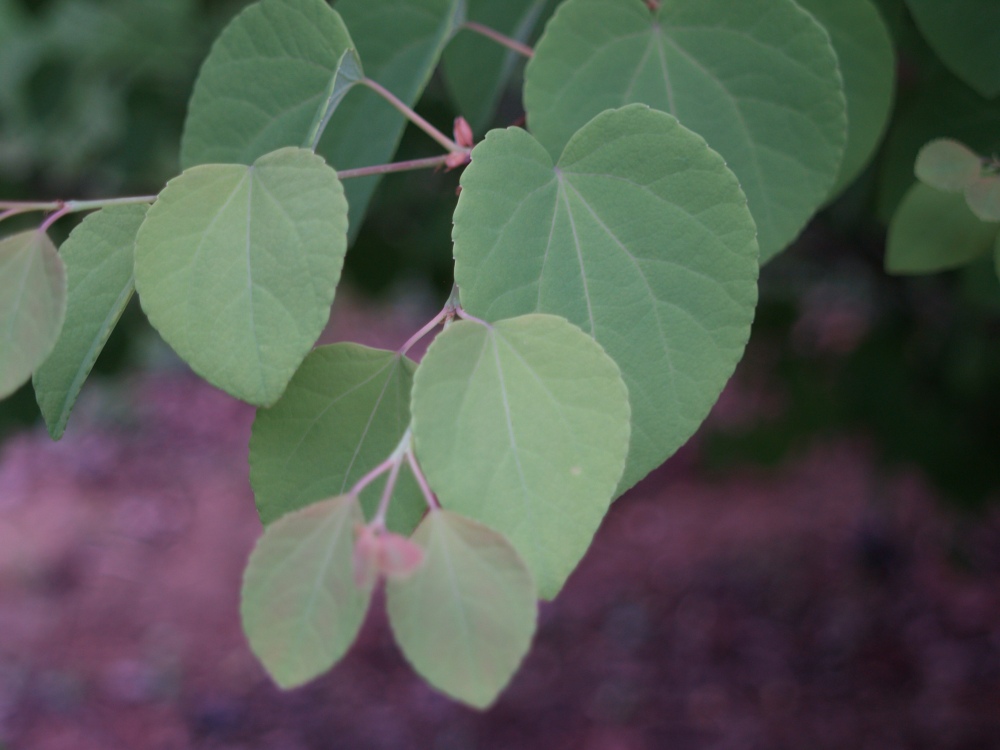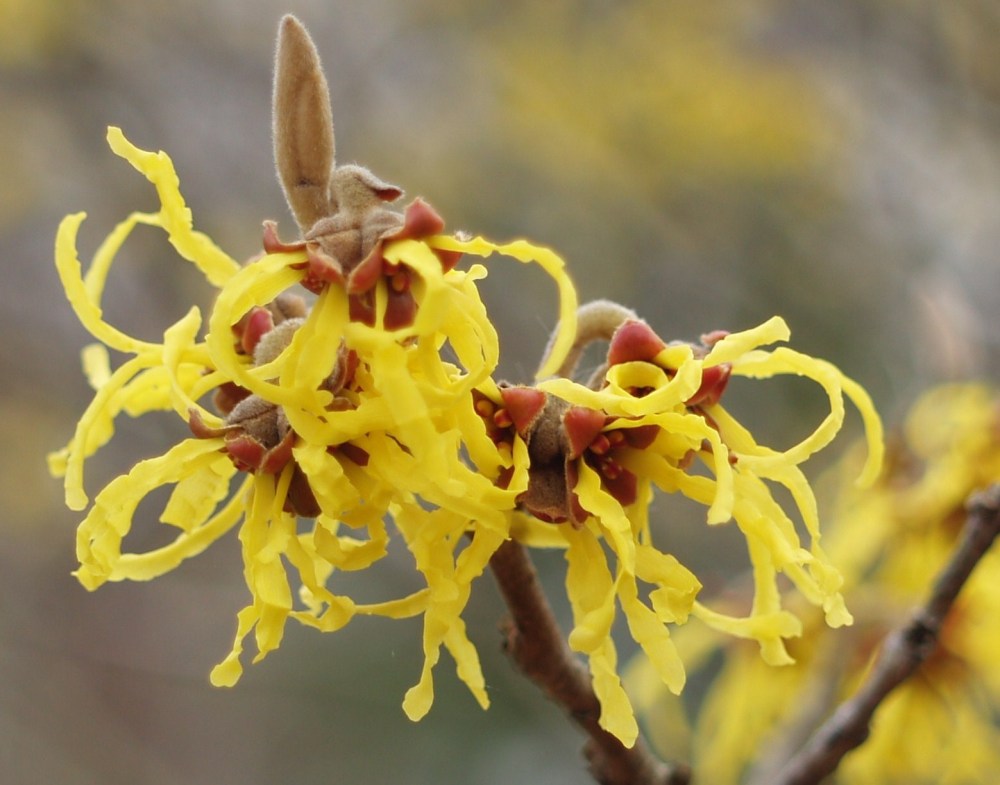Two evergreen magnolias that perished in winter still stand at the margin of the rear garden. I haven’t been able to summon the energy to undertake the task to cut these into pieces small enough to dispose of, so they will remain until I’m properly motivated. Only one can be seen by a neighbor, and if the sight disturbs him too much he is welcome to chop it out on his own. 
This is the magnolia (Magnolia grandiflora ‘Bracken’s Brown Beauty’) that was injured by snow in consecutive winters, and each time it rebounded remarkably to fill large sections that were bent and broken, though it became substantially shorter and wider as a result. ‘Brackens’ is the most cold hardy of the magnolias, and temperatures did not come close to the point where damage or death would be expected. So, I suspect that its demise was a result of the tree breaking dormancy in early March, followed by temperatures that quickly dropped to near zero. This was extremely annoying to me, but potentially fatal to a range of plants.
Neither the ‘Bracken’s’ or ‘Alta’ magnolias will be replaced, at least not immediately. Both are in areas close to the rear property line where river birch (Betula nigra), blackgum (Nyssa sylvatica), and katsura (Cercidiphyllum japonicum) are planted, and these could stand a bit of breathing room. Probably, a shrub of some sort will eventually be planted in the spaces vacated by the magnolias, but nothing is needed at this point.
The ground surrounding the ‘Alta’ magnolia has become perpetually wet, it seems, and only once this spring has the mower been able to wade through the slop. While rainfall is up, this half of the rear garden seems to be sinking, though I can’t explain why. In any case, magnolias will tolerate wet feet to an extent, so it seems obvious that the culprit is the late winter cold rather than dampness.
Another carcass remains in the rear garden, and it seems clear that ‘Arnold Promise’ witch hazel (Hamamelis × intermedia ‘Arnold Promise’) failed due to the spreading dampness. The witch hazel had flourished for nearly twenty years, spreading wide and standing far over my head, but these shrubs are intolerant of wet soils. In recent years its foliage had become more sparse, and I feared this result was imminent. 
Beneath the bark of the witch hazel there is some life remaining, but each week this fades more. At one point in winter I was cheered that flower buds seemed poised to open, but then they did not. Weeks later, I was nearly certain that leaf buds were fattening, but also leaves failed to appear. There seems some hope that if the shrub is cut back severely the remaining energy could spark some meager growth, but the witch hazel’s removal will probably come on the same day as the magnolias.
And, now my whining is complete. Once these last reminders of the severe winter are gone, and now that they are written off, I will only mention them again in some distant year, reminiscing about days when the garden suffered considerable misfortune. Already, the garden has rebounded, and when these trees and shrub are cut to the ground there will be no evidence of the harsh season.